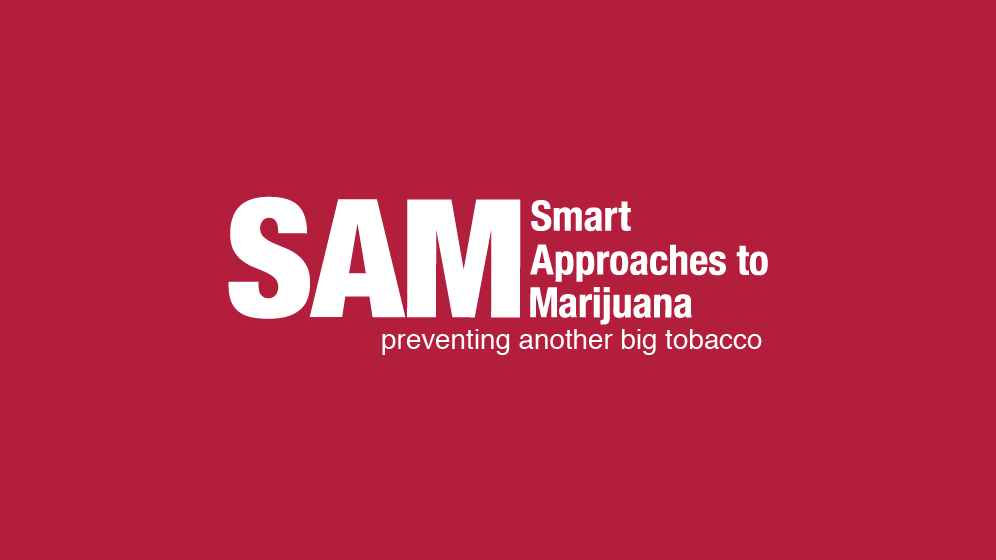
A study recently released by the University of Washington finds that marijuana legalization and commercialization may have begun a reversal of previous downward trends in teen marijuana use. The study, which followed 230 teens and young adults, found that young people may be more likely to use marijuana after commercialization, due to normalization as a result of the over-saturation of stores, advertisements, and rapidly rising adult use of the drug.
“The findings of this study are the canary in the coal mine. These data, coupled with recent national survey data from the federal government, directly undercut Big Pot’s narrative that legalization has not resulted in a subsequent rise in youth use,” said Dr. Kevin Sabet, president of Smart Approaches to Marijuana (SAM) and a former senior drug policy advisor to the Obama Administration. “We have long pointed out that valid and trustworthy benchmark surveys have shown increases in use among youth. Ask any school superintendent in Colorado and they’ll tell you they have been warning of this fact for years. Given the risks of serious mental health issues youth use can bring about, this is a concerning development.”
Notably, this study supports another study out of Washington that showed increases in marijuana use among 8th and 10th graders, using data from the benchmark survey, Monitoring the Future. The study also serves as an important check on claims made by the marijuana industry, which often cites faulty statistics backed by questionable data to allege that youth use has held steady.
“A teen usage rate that holds steady isn’t good enough if it would normally be going down,” said study author Jennifer Bailey in an interview with the University of Washington News. “We need to devote more attention to prevention of adolescent use in the context of legalization because we want to keep the decreases we’ve been seeing before legalization was implemented.’
Some facts on youth use and potential harms:
• The most reliable survey on the prevalence of drug use among U.S. households is the National Survey on Drug Use and Health (NSDUH). According to NSDUH data, in all jurisdictions with legalized recreational marijuana (Alaska, California, Colorado, the District of Columbia, Maine, Massachusetts, Michigan, Nevada, Oregon, Vermont, though only personal use and growing is legal there, and Washington), past-month drug use among youth aged 12- 17 continues to sit above the national average (NSDUH, 2016-2017).
• Colorado, where recreational marijuana has been legal since 2012, has the highest rate of first-time marijuana use among youth (ages 12-17) and young adults (ages 18-25) (NSDUH State Estimates, 2016-2017). Colorado currently holds the top ranking for first-time marijuana use among youth, representing a 65% increase in the years since legalization.
• Past month marijuana use among 12 to 17 year-olds increased 4% in Colorado from 2016-2017 to 2017- 2018. In non-legal states, past year and past month use rates are significantly lower than in the state of Colorado (NSDUH State Comparisons, 2019).
• In Colorado, only 15.9% of young people aged 12 to 17 years old perceive a great risk from using marijuana once a month, compared to a national rate of 23.6% (NSDUH State Comparisons, 2019).
• Marijuana, which can cause depression and suicidal thoughts — particularly in young users, was found in the toxicology screens of 200 suicide victims in the state in 2017, up from 83 in 2012 (Colorado Violent Death Reporting System, 2019). In 2013, marijuana was present in 10.6% of suicide toxicology reports for young people aged 15 to 19 years; in 2017, marijuana was present in over 30%* of suicide toxicology reports for young victims between the ages of 15 and 19 years (CDPHE, 2019).